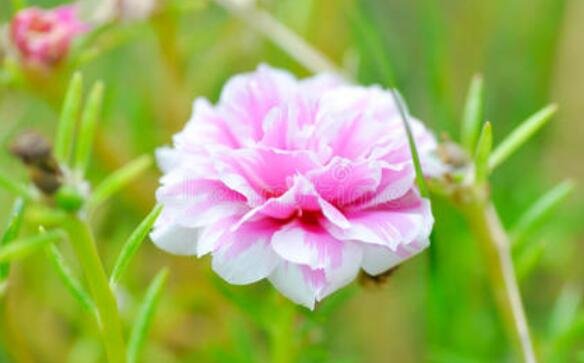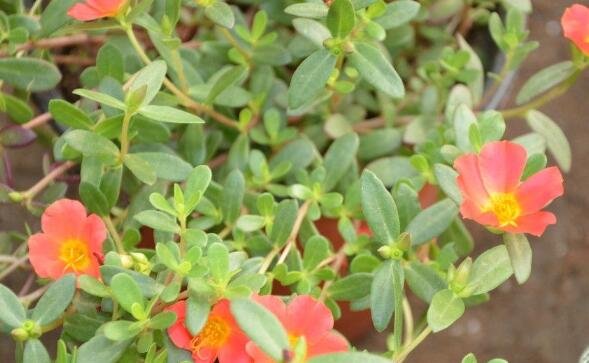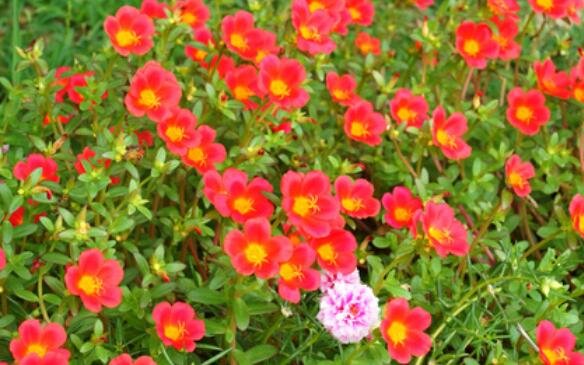Can purslane survive the winter?
In winter, many plants appear vulnerable to the cold weather, but some, like purslane, demonstrate strong vitality. Purslane is a perennial plant that grows in cold climates, surviving the winter and thriving again in spring.

Characteristics of purslane
Purslane, also known as “ground ivy,” is a cold-resistant plant. It is native to North America and has gradually spread to Europe and Asia. Portulaca oleracea has thick, toothed leaves that range from green to purple-red. Its flowers are stunning when in bloom, featuring petals in a variety of colors, including white, pink, and red.
Portulaca oleracea’s Growing Environment
Portulaca oleracea prefers sunny, well-drained soil. It is highly adaptable to cold climates and can continue to grow even in low temperatures. Therefore, it often thrives in cold regions.
Portulaca oleracea’s Wintering Ability
Portulaca oleracea has a strong wintering ability, surviving even the harshest winters. It hibernates in the soil, slowing its growth until spring arrives, when the flowers begin to bloom again. This wintering ability makes it a popular garden plant.

Care Tips for Purslane
1. Keep the Soil Moist: Purslane requires ample water during its growth period, and moist soil aids its growth.
2. Fertilize Moderately: Excessive fertilization can cause excessive growth and affect the quality of the flowers. Moderate fertilization can maintain healthy growth.
3. Regular Pruning: Regular pruning can promote branching and growth, making the plant more lush.
4. Maintain a Suitable Temperature: Purslane has high temperature requirements and should be avoided from prolonged exposure to low temperatures.
How to Care for Purslane Over the Winter
Key Points for Winter Care of Purslane
1. Maintain a Warm Environment: When winter arrives, be sure to move your purslane to a warm, well-ventilated location. You can also keep it indoors to protect it from the cold.
2. Control Watering: Water your purslane moderately during winter to avoid excessive watering that can cause root rot. Generally, water it at regular intervals to keep the soil moderately moist.
3. Avoid dry air: Indoor air can be dry in winter, so using a humidifier or other device to increase humidity will help purslane flowers grow.
4. Plenty of sunlight: Even in winter, purslane flowers still need ample sunlight. Choose a sunny location to place them so they receive adequate light.
5. Protect from the cold: On days when temperatures drop sharply, provide shelter around the purslane flowers, such as a simple windbreak or a heat shield.

Common Problems with Winter Care for Portulaca
1. Yellowing Leaves: If Portulaca leaves turn yellow, it may be due to excessive moisture or insufficient nutrients. Reduce watering and regularly apply appropriate amounts of nitrogen, phosphorus, and potassium.
2. Flower Bud Dropping: Flower bud dropping may be caused by low ambient temperature or insufficient light. Move the Portulaca to a sunny location and avoid direct exposure to cold drafts.
3. Poor growth: If purslane flowers do not grow well in winter, apply an appropriate amount of organic fertilizer or plant growth regulator to help promote plant growth.